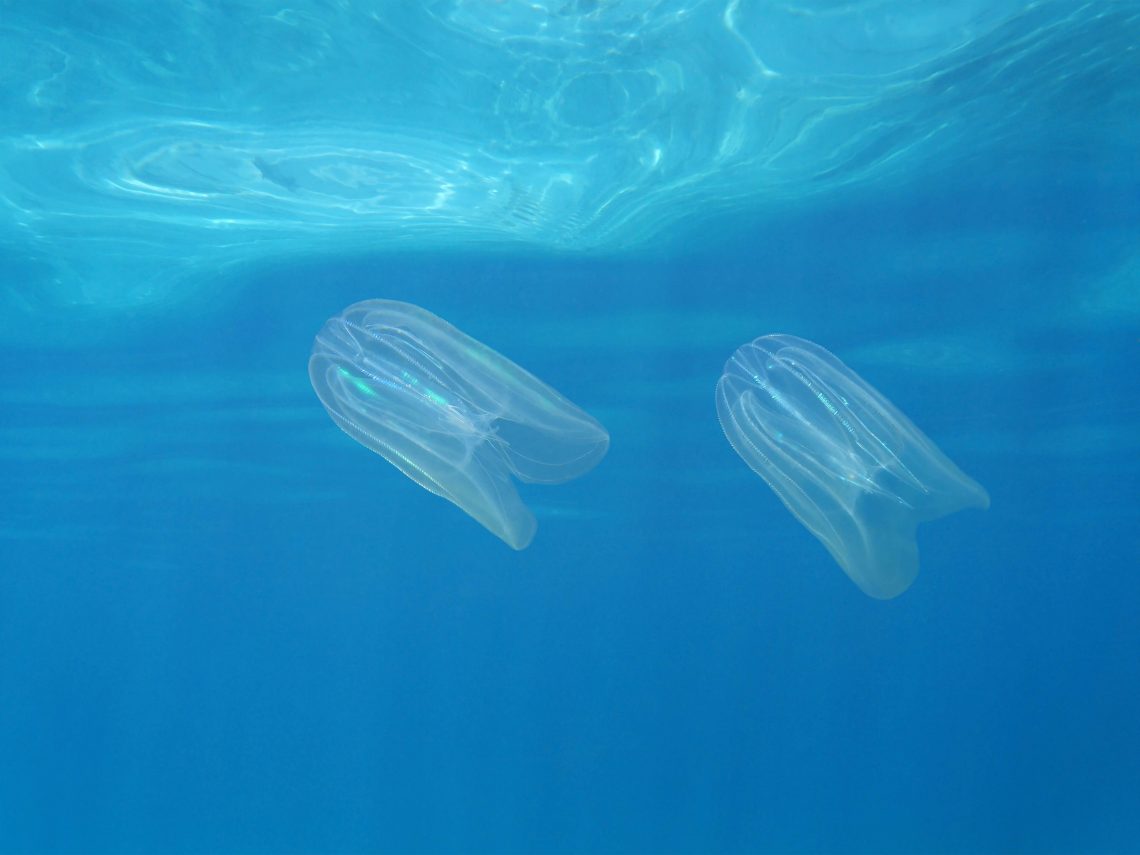
What Is An Invasive Species: Nature’s World Travellers
What is an Invasive Species
There are terms in science that often get bandied around as if we all know what it means. “Invasive species” is one of those terms. What is an invasive species and why should we care?
Let’s begin with a story…
Story Time
Back when I was studying marine biology in university, I had a wonderful professor called John Spicer. If you Google his name you’ll immediately see his Santa-like charm. His expertise are too wide to begin to list and his enthusiasm for his subject is inspirational.
He is an excellent storyteller. I remember one particular time he was telling us about a time when he had fallen asleep on the beach. He woke up to find his jolly, white beard full of some sort of sand flea (I wish I could remember more specifically what it was).
He immediately leapt up. Instead of trying to shake them off, collected as many as possible to take back to the lab.
We all thought this was hilarious, of course! “Classic John” was clearly on everyone’s lips, but he was in fact searching to find a cousin of the usual variety of sand fleas found in Britain.
This new variety, he said, were expected to be brought to the UK through the ballast water from ships. In other parts of the world their arrival had caused havoc in local ecosystems (again, I don’t remember why).
Subsequently, every group of first year marine biology students took a two-hour lab in which we had to sort through samples brought from the beach, using microscopes to identify each one individually.
There was one tiny difference in the appearance of the microscopic creatures. One had a tail that divided in two at the end, and the other had a tail that divided into three. It took a while!
On Reflection
When I look back now, unable to find any information about this online, I wonder if it was actually a made up scenario to teach us lab skills and to introduce us to invasive species. If anyone ever reads this who knows what I’m talking about, please get in touch. I’d love to know!
The thing is, whether it was real or not, it did the job. The task was monotonous but it was sort of exciting to feel like you might be the first person to come across the first introduction of a species to the UK.
What are Invasive Species?
Why am I telling you all this? Because I think it quite nicely illustrates what an invasive species is and the levels of apprehension they can cause.
An invasive species is one that is not native to a particular country, but is found there because it has been introduced, usually by humans.
Where Do They Come From?
As we become more mobile, travelling the world for work, pleasure and commerce, the threat from invasive species grows.
The bottom of a shoe or the underside of a boat could be transport for an animal to move from one country to another. The movement of water and even our changing climate can be responsible for the movement of wildlife.
Why Is This a Problem?
The classic example of an invasive species in the UK is the grey squirrel.
Grey squirrels were not always found in the UK. They were bought over from America by the Victorians in the 1800s.
I’d imagine the Victorians thought (understandably so) that the grey squirrels were a rather loveable addition to their estates and probably intended them to serve as little more than decoration.
Unfortunately, they arrived with unexpected consequences.
The native red squirrels were already suffering because of disease and loss of habitat, so when fabulously fertile grey squirrels arrived and also started to compete for the same source of food, the reds didn’t stand a chance.
Today you will find grey squirrels widespread across England and Wales, whilst reds are a rare sight.
This is the fear of invasive species- sometimes they arrive and thrive. And they do it better than the wildlife already living there. At the worst, they can become a monoculture (find out about monocultures here).
As we’ve said before, everything is connected. One change to an ecosystem can change everything.
Sea Walnuts
To answer the question “what is an invasive species”, we need to explore some examples. Let’s take a look, then, at a species which might be a future threat: jellyfish. Specifically, a species commonly known as sea walnuts, or to give them their Latin name, Mnemiopsis leidyi.
This is a form of comb jelly, or ctenophore.
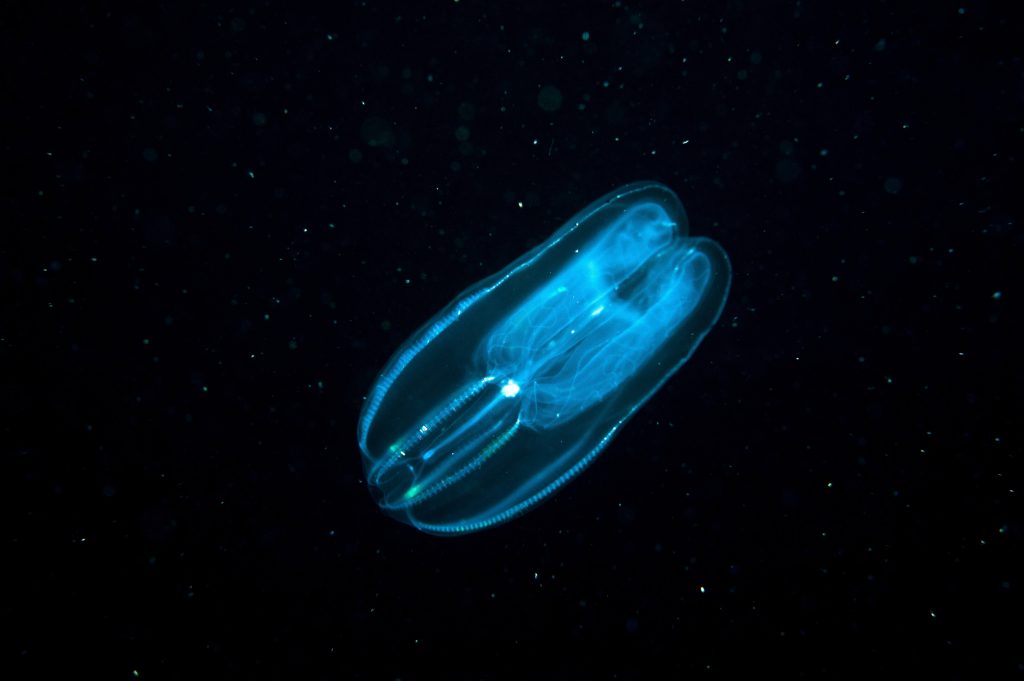
Their Journey
Sea walnuts are indigenous to the east (Atlantic) coast of North and South America, but in the early 1980s they were found in the Black Sea, in eastern Europe and the middle east.
It’s not entirely certain how they got here, but the most widely accepted theory is again, in the ballast water of ships. A warming climate could also have played a role in not only the movement, but also their success on arrival.
Over the next 30 years it spread across Europe.
What’s the Problem?
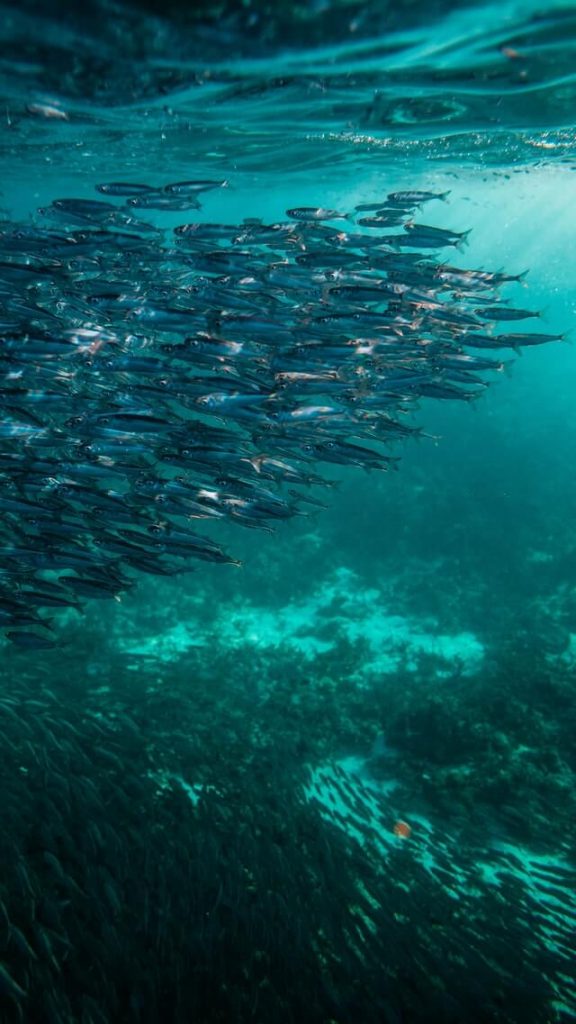
The main issue with their guys showing their…oral lobes in new places has to do with their favourite food- zooplankton.
Zooplankton is made up of microscopic animals, often the larvae and eggs of fish and other marine animals. They are the dish of choice for many residents of the ocean. When the invasive sea walnuts decide to gobble it all up, it makes it much harder for everyone else.
This causes what is known as a trophic cascade- when a change to one part of the food chain causes the relative abundance of everything else in that chain to alter.
In this case, there was no food for the pelagic (open ocean) fish. Many of these fish are food for higher predators…including us! Fisheries collapsed and livelihoods were lost, all thanks to one invasive jellyfish.
Sea walnuts are not alone. There are countless other species that could be given as examples of ways in which invasive species have impacted on native species.
Have a think, however, in the coming days about the question “what is an invasive species”? Does our answer imply that they are always bad? I hope not. We’ll come to that too, because maybe, they could also be our saving grace?
One Wild Thing
Most of us are probably helpless to the whims of sea walnuts now, but now we are aware of what an invasive species is we can take small steps to help minimise our role in spreading them and negatively impacting our ecosystems.
The Woodland Trust provides 3 recommendations:
- If you are paddling, fishing or sailing, make sure you check, clean and dry your clothing and equipment. This will help to stop the spread of marine and freshwater organisms.
- Dispose of plants, whether from your garden, pond or aquarium, responsibly- do not just dump them where they could spread irreversibly into wild populations. The internet has a wealth of information on almost any plant species you can think of, but here you will find a few aquatic species that we definitely want to keep out of the wild!
- If you have pets which are non-native to the UK, take care to make sure they don’t escape to breed wild new babies!



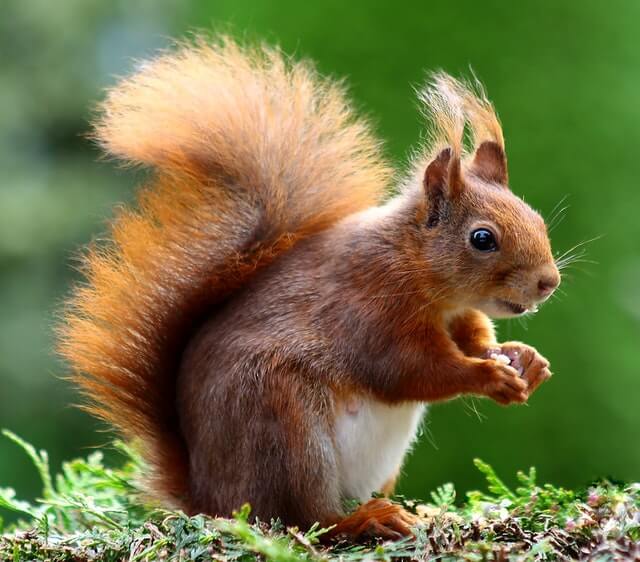
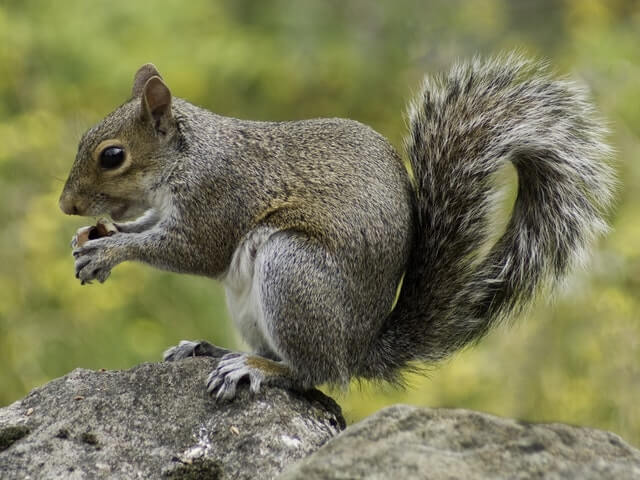
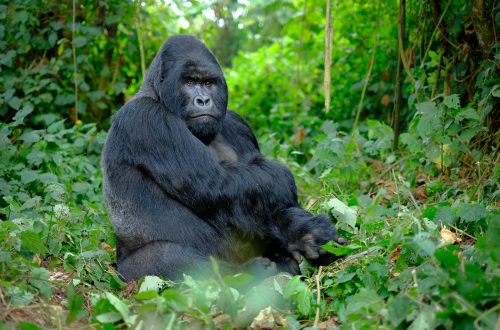
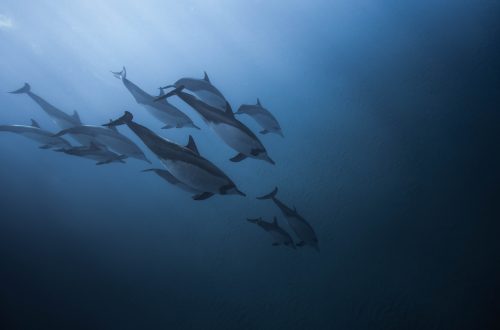
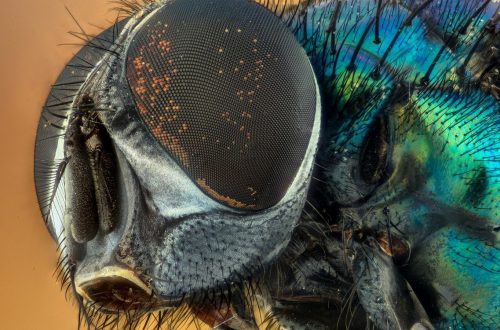
2 Comments
Pingback:
Pingback: